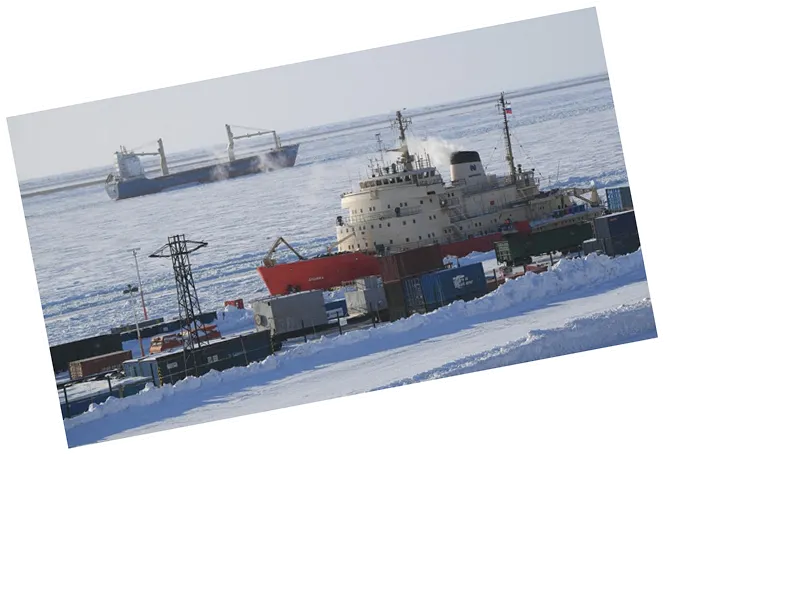The United States and Canada have heightened their military readiness in response to increasing Russian and Chinese military activity in the Arctic region. Recently, NORAD intercepted two Russian TU-95 bombers and two Chinese H-6 bombers that were operating in the Alaska Air Defense Identification Zone (ADIZ). This incident marks a significant moment as it is the first time both countries have been intercepted together in this area, highlighting the growing military cooperation between Russia and China.
The interception was executed by US F-16 and F-35 fighter jets alongside Canadian CF-18s, emphasizing the collaborative defense efforts between the US and Canada. Although the bombers did not enter sovereign airspace, the presence of Chinese aircraft in the ADIZ is a new development, raising concerns among US military officials about China's expanding influence in the Arctic.
China has been increasingly asserting itself as a 'near-Arctic' state, and its military collaboration with Russia is seen as a strategic move to enhance their positions in the region. US officials, including Deputy Secretary of Defense Kathleen Hicks, have expressed worries over this growing cooperation, especially in light of climate change opening up new shipping routes and resource opportunities in the Arctic.
As both superpowers ramp up their military presence, the Arctic is becoming a focal point for geopolitical tensions. The US Arctic strategy for 2024 outlines the region's importance for national security, while Russia and China view it as a strategic zone for economic and military expansion. The implications of these developments could reshape the balance of power in the Arctic and beyond.






